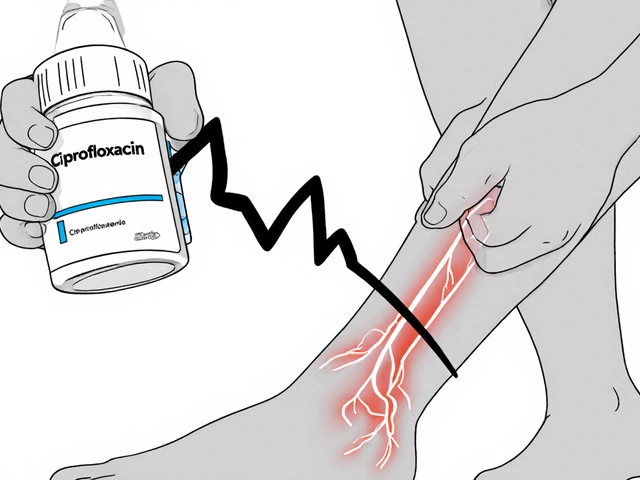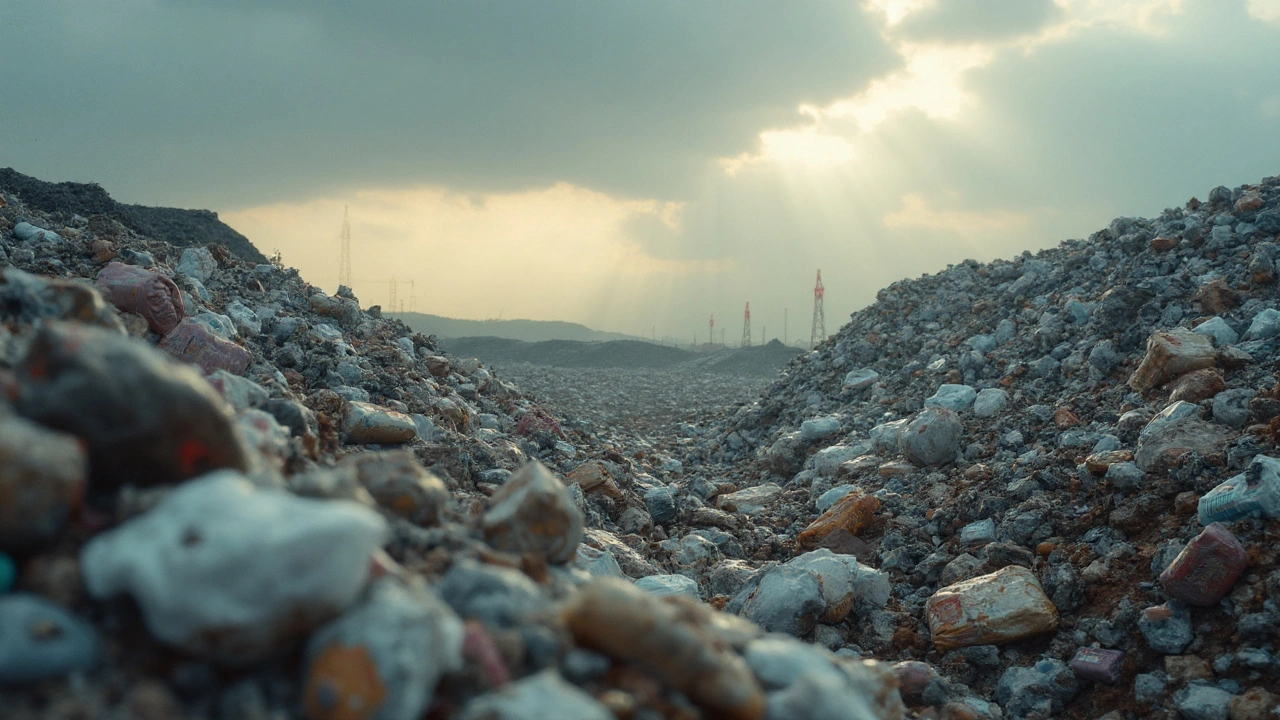Biodegradable Pads: The Eco‑Friendly Choice for Your Period
If you’re tired of tossing plastic‑filled pads into the trash, biodegradable pads might be the answer. They work just like regular pads but break down naturally after use, cutting down on landfill waste. Most are made from plant‑based fibers, renewable wood pulp, or biodegradable polymers that decompose in a compost environment. Switching to them can lower your carbon footprint without sacrificing comfort or protection.
Why Switch to Biodegradable Pads?
Traditional disposable pads contain a mix of plastic, super‑absorbent gels, and synthetic adhesives that can take centuries to break down. In contrast, biodegradable pads break down within months when composted properly. This means fewer micro‑plastics end up in oceans and soil. For people who care about the environment, it’s a simple habit that adds up: one person using a pack of eco‑pads each month saves dozens of plastic items from landfills over a year.
How to Pick the Right Biodegradable Pad
Not all biodegradable pads are created equal. Look for certifications like Compostable or Certified Biodegradable from reputable agencies. Check the material list – organic cotton, bamboo, and wood pulp are good signs. Absorbency matters too, so choose a product that matches your flow. Some brands offer a thin liner for light days and a thicker overnight version. Read user reviews for comfort and leak protection; a pad can be eco‑friendly but still uncomfortable if the design is off.
When you bring the pad home, store it in a dry place. Moisture can reduce the biodegradable layer’s ability to break down later. If you’re traveling, keep a small tote bag for used pads so they stay separate from regular trash until you can compost them. Many urban areas have community compost programs that accept sanitary products, but if yours doesn’t, a home compost bin with proper aeration works too.
Disposal myths can hold you back. You don’t need a special landfill; most biodegradable pads will decompose in a standard compost pile where temperature and microbes do the work. Avoid flushing them down the toilet – even biodegradable pads can cause blockages. Instead, wrap the used pad in toilet paper and toss it into your compost bin or a dedicated disposal bag.
Finally, keep an eye on price. Eco‑friendly pads can be a bit pricier than conventional ones, but bulk buying or subscription services often bring the cost down. Think of the expense as an investment in the planet and your peace of mind. Over time, you’ll likely find a brand that balances price, performance, and sustainability, making it easy to stay on track month after month.



